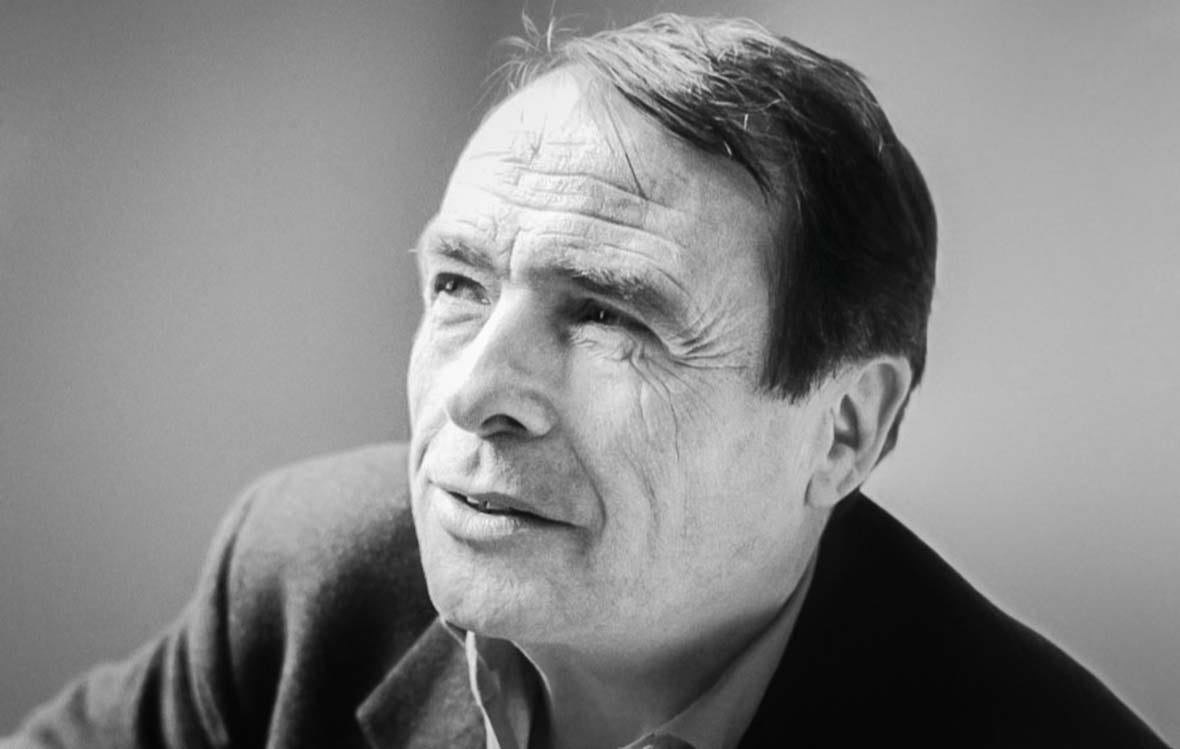Cultural Capital, Habitus, & Misrecognition: Pierre Bourdieu's Key Concepts
Introduction
Pierre Bourdieu, a prominent French sociologist, developed several influential concepts to explain how social inequalities are reproduced across generations. These concepts—cultural capital, habitus, and misrecognition—offer a powerful framework for understanding the subtle yet pervasive ways in which social class shapes individuals' opportunities and life chances. This article will explore each of these concepts in detail.
Cultural Capital
Cultural capital refers to the knowledge, skills, tastes, and dispositions that individuals acquire through their socialization, primarily within their family and educational experiences. It's not just about *what* you know, but also *how* you know it, and how you present that knowledge. This can include things like familiarity with "high culture" (art, literature, classical music), sophisticated language skills, and even particular manners and styles of interaction.
Bourdieu identified three forms of cultural capital:
Embodied cultural capital is the knowledge and skills that are deeply ingrained in an individual's body and mind. Think of a concert pianist's mastery of their instrument, or someone's fluent command of multiple languages. This form is acquired over time through sustained effort and exposure.
Objectified cultural capital refers to physical objects that signify cultural standing, such as books, paintings, musical instruments, or even a well-curated wardrobe. These objects represent cultural knowledge and taste.
Institutionalized cultural capital represents the formal recognition of cultural competence, typically through educational qualifications like degrees and certifications. These credentials legitimize an individual's cultural capital within specific social fields.
Cultural capital functions as a form of social currency. Individuals with high levels of cultural capital, particularly that which aligns with the dominant culture, are often afforded greater advantages in education, employment, and social interactions. This creates a system where those already privileged are better positioned to maintain and enhance their position.
Habitus
Habitus is perhaps Bourdieu's most complex and central concept. It refers to a system of durable, transposable dispositions—deeply ingrained habits, skills, and ways of perceiving the world—that are acquired through an individual's experiences, particularly within their social class. It's a kind of "feel for the game" that guides our actions, thoughts, and preferences without us being consciously aware of it.
The habitus is shaped by our past experiences and social environment, and it, in turn, shapes our present actions and future possibilities. It acts as a filter through which we perceive and interpret the world, influencing our tastes, our choices, and even our aspirations.
Because individuals from different social classes have different experiences, they develop different habituses. This means that people from different backgrounds may approach the same situation with vastly different perspectives and strategies. For a more in depth, and fun, explanation of this you may find this video engaging:
"The habitus is necessity internalized and converted into a disposition that generates meaningful practices and meaning-giving perceptions; it is a general, transposable disposition which carries out a systematic, universal application—beyond the limits of what has been directly learnt—of the necessity inherent in the learning conditions." - Pierre Bourdieu
Misrecognition
Misrecognition is the process by which the arbitrary nature of social hierarchies, particularly those based on cultural capital and habitus, is obscured and perceived as natural or legitimate. It's a form of symbolic violence, where the dominant group's cultural preferences and ways of being are presented (and accepted) as inherently superior, rather than as a product of their social position.
For example, the educational system, while appearing to be meritocratic, often favors students from privileged backgrounds who possess the cultural capital valued by the institution. This advantage is often *misrecognized* as evidence of their superior intelligence or ability, rather than as a consequence of their upbringing. This misrecognition helps to perpetuate social inequality by legitimizing the existing social order.
Individuals from less privileged backgrounds may internalize this misrecognition, leading them to believe that their lack of success is due to their own personal failings, rather than to the structural disadvantages they face. This internalization of disadvantage is a key element in the reproduction of social inequality.
Conclusion
Bourdieu's concepts of cultural capital, habitus, and misrecognition provide a powerful framework for understanding how social inequalities are maintained and reproduced. By highlighting the subtle, yet pervasive, ways in which social class shapes our lives, these concepts challenge us to critically examine the seemingly neutral mechanisms that perpetuate social stratification. They underscore the importance of recognizing the arbitrary nature of cultural hierarchies and working towards a more equitable society.



